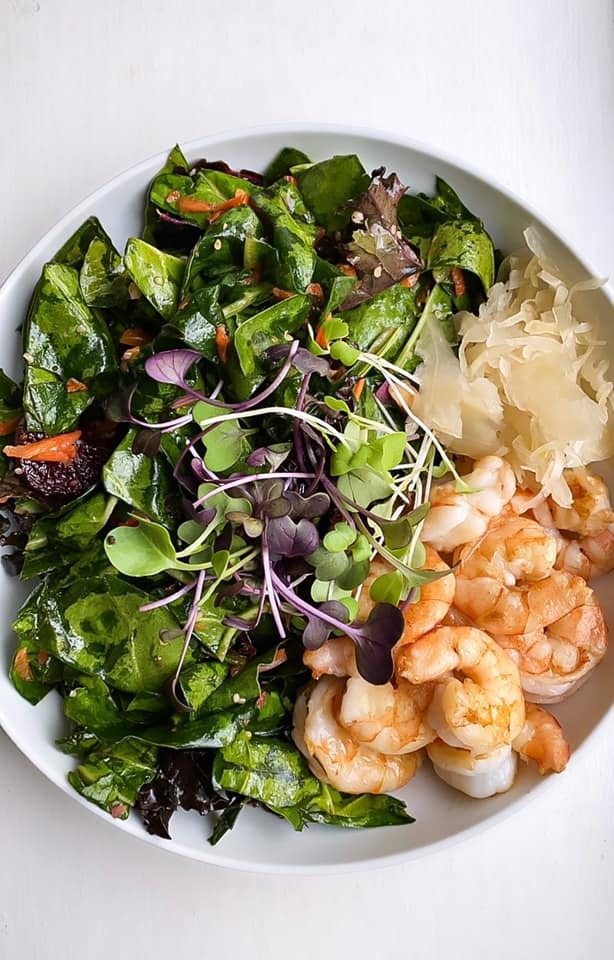
1. Hydrate: the brain can easily confuse dehydration with hunger. How much water should you drink? Half your body weight in oz per day. For example, If you weigh 140lb you should be drinking 70oz of water per day.
2. Get Good Sleep: Ghrelin is a hormone that controls our cravings for carbohydrates and simple sugars. When we sleep poorly our bodies make more ghrelin. Make sure to get good quality sleep every night to balance hormone levels in the body.
3. Reduce sugar intake: sugar craves sugar! Pack your day with foods that are high in fiber, healthy fat, and protein. A meal high in carbohydrates and sugar leaves us feeling tired and sluggish and promotes sugar cravings throughout the day.
4. Eat the rainbow: Add some new and different foods to your routine. The more varied your diet, the less likely you will get bored or crave junk food. For example, add a new green to your salad (mustard greens, swiss chard, wild arugula).
Versión En Español
Cómo reducir los antojos poco saludables
1. Hidratar: el cerebro puede confundir la deshidratación con el hambre. ¿Cuánta agua debes beber? La mitad de su peso en onzas por día. Por ejemplo, si pesa 140 lb, debería beber 70 oz de agua por día.
2. Duerma bien: la grelina es una hormona que controla nuestros antojos de carbohidratos y azúcares simples. Cuando dormimos mal, nuestros cuerpos producen más grelina.
3. Reduzca el azúcar: ¡el azúcar quiere mas azúcar! Llena tu día con alimentos que sean ricos en fibra, grasas saludables y proteínas. Una comida rica en carbohidratos y azúcar nos deja cansados y lentos y promueve los antojos de azúcar durante todo el día.
4. Coma el arcoíris: agregue alimentos nuevos y diferentes a su rutina. Cuanto más variada sea su dieta, es menos probable que se aburra. Por ejemplo, agregue vegetales diferentes a su ensalada (hojas de mostaza, acelgas, rúcula silvestre), o pruebe un nuevo tipo de pescado, como los camarones silvestres.
